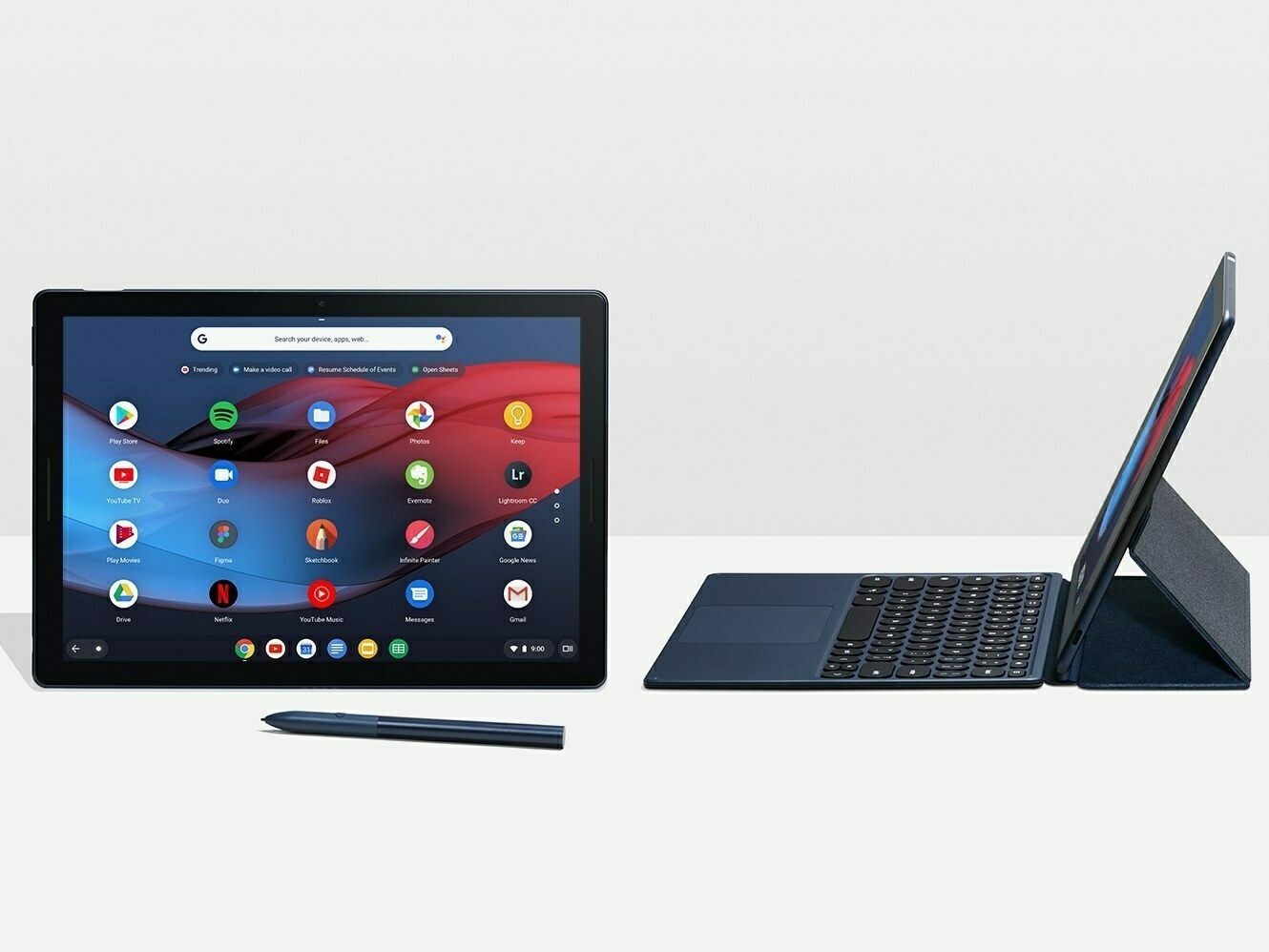The Pixel Slate and why I still really love it

The Pixel Slate has had a rough ride. When it was initially revealed, there was a level of excitement around it which built a big bubble of hype. When it was finally released that bubble burst, spectacularly.
The Slate had a lot of problems. There were performance issues in tablet mode, which meant doing something as simple as having two windows snap side by side was a laggy experience. There was the design of the Keyboard Cover, which made the device almost impossible to use in your lap unless you had the kind of length of thigh bone that would place you into NBA levels of height (or extremely weirdly shaped legs).
But the biggest and most damaging question was one that should have been obvious to Google prior to launch: why should you buy the Pixel Slate when the Pixelbook still exists, and even though it has an older processor and bezels as wide as the Grand Canyon it actually did everything that anyone would want from a Chromebook, in a more familiar form?
I have both a Pixelbook and a Pixel Slate. I had expected the Pixel Slate to effectively replace the Pixelbook. All the things the critics said are true about the Slate, and that’s why I never sold the Slate -- but despite the Pixelbook being, in many ways, a superior device I still love using the Slate, and just when I think I’ve put it down for good it finds a way to sneak back into my life.
Why? The first reason is the screen -- and no, I’m not talking about the bezels. I can live with the bezels on the Pixelbook, and the reality is that those on the Slate are not that much smaller. But the screen itself is genuinely joyful to look at over a long period of time. The only screen that I’ve ever used that rivals it is the iPad Pro, which is the best screen on the planet for ordinary use at the moment.
Images on the screen are soft without lacking sharpness or clarity. Colours are absolutely perfect. I can look at this screen for a long, long time without wanting a break (note: I do take breaks anyway, and you should too!)
The second reason the Pixel Slate keeps luring me back is the keyboard. Yes, I know: you can’t use it in your lap, and it has to lie flat on a table because there are no clever magnets to keep it angled up like there are on the Surface Pro keyboards.
But the keys themselves are brilliant to type on. Round keys take a little while to get used to, but Google’s user testing was right. I find myself making less typing errors on it, and when you type all day that adds up to a lot of time spent not doing corrections.
Also, one for Apple: find a way to steal the bit from this keyboard that lets you put it at any angle. The two angles on the iPad Pro keyboard are a big improvement, but they just don’t cut it when you’re used to being able to work at any angle, as you can on the Pixel Slate.
I can’t speak for the lower end versions but the Core i5 that I have in my Slate performs perfectly well now, in laptop or tablet mode. Everything feels as snappy as you would expect. And battery life is fine: you can never have enough battery life, but the Slate will get me through a full typical working day.
I think the biggest problem the Slate faced was that Google never really answered a simple question for themselves: Why make a tablet at all? What role is this device going to play in someone’s life? If it’s going to replace a laptop (or even “replace a laptop 80-90% of the time”) then it needs to be better than a laptop at a wide range of tasks. The iPad is the best example of this: it’s got a better screen, it’s easier to use, the battery lasts and lasts, it’s more powerful given the price, it has really good software, it integrates brilliantly if you have an iPhone, it’s hugely better for consuming content, and thanks to that processor power and easy to use software it’s often better for consumer-level content creation.
And yet… I doubt I’ll ever regret buying the Slate. It’s a big barrel of contradictions and half thought out ideas, but it’s also just one of the most pleasant and compelling devices I own. Even when it’s frustrating you over some little thing, it’s a joyful piece of design that misses the mark in places but delivers in others.